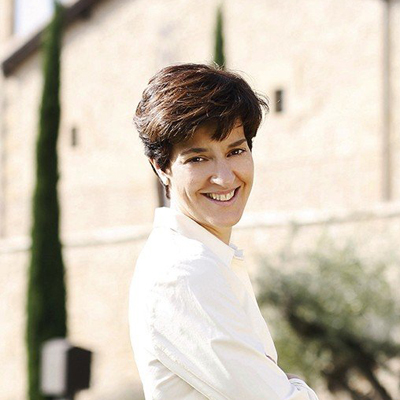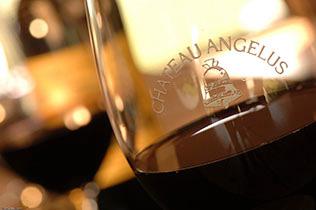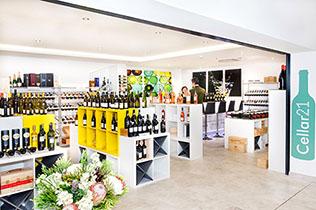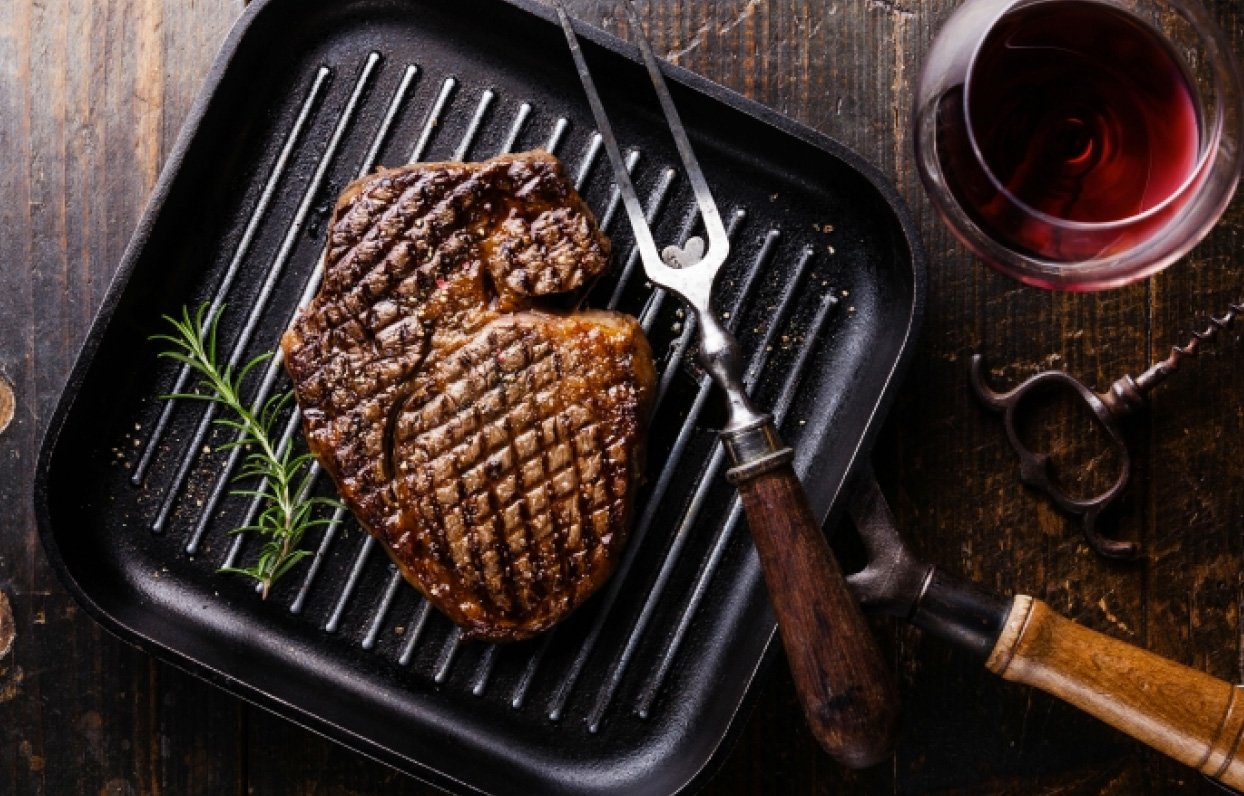

Maria Vargas
Technical Director at Marqués de Murrieta
"I love Tempranillo because of its nobility and versatility, but I fall for Albariño’s character; I think it is the best Spanish white variety and one of the best in the world."
An Introduction to Marqués de Murrieta...
Marqués de Murrieta owns 300 hectares of vineyards in the Rioja Oriental sub-region, near the city of Logroño. One of the oldest and most respected wineries in the region, the expansion of their famous Ygay Estate makes them one of the few wineries to make wine from 100% of their own grapes. In turn this allows total control of the whole winemaking process guaranteeing the highest quality wines possible. The future is looking very promising under the guidance of the youthful and innovative President, Vicente D. Cebrián-Sagarriga.
Q&A
Describe yourself in 3 words…
Stubborn, passionate, and patient.
Can you describe the history of the winery and vineyards?
The origin of Marqués de Murrieta winery is also the origin of Rioja. Don Luciano Murrieta, applying techniques learned in Bordeaux, made the first Rioja wine in 1852, with the intention of sustaining it over time. He built the Ygay Castle in Rioja Alta, and conceived the winery as a French Château, with the vineyards surrounding the winery.
Marqués de Murrieta Estates and Wines has been led since 1983 by the Cebrián-Sagarriga family, first by Vicente Cebrián Sagarriga, continuing with Vicente Dalmau and Cristina Cebrián-Sagarriga. Since then, the winery has undertaken significant renovations, the lastof which we are particularly proud, is the construction of our new technical facilities: 25.000 m2 equipped with the highest technology and sustainably built.
To conclude, The Ygay Estate consists of 300 hectares, surrounding the winery, divided in 30 different plots, and 3 single vineyards of notable exception: Pago La Plana, Pago Canajas, and Pago Capellanía.
What is your winemaking philosophy?
To make the highest quality wine. But above all, I want to make honest wines that truthfully reflect the vineyard they come from.
Has climate change impacted on your wine making?
Wine is inevitably linked to nature, and we must deal with what she gives us every vintage to make the most of it. In Marqués de Murrieta we are using more Graciano and Mazuelo in our blends, because they are varieties with a longer cycle and that need more sunshine hours to ripen. Both varieties are characterised by bringing acidity, freshness and complexity to wines and guarantee that the ageing will be in line with the style of our wines. 20 years ago, we saw this need and we planted these vineyards.
What is your favourite food and wine pairing?
I’m very lucky, because wine is not only my job, but also my passion and I enjoy tasting different wines and new meals. If told you my perfect pairing today, I would probably change it next week! What I can say for sure is that the best match is always a good company.
Who do you most admire in the wine industry, and why?
I’m fortunate to have many friends in the wine business who I also admire, it would be unfair to mention just one of them. I think that the Spanish wine is living a great time and there is a generation of young winemakers who are doing wonderful wines.
What has been your greatest achievement as a winemaker?
We have received many rewards in recent years: 100 Parker points to Castillo Ygay Blanco 1986, Wine Spectator’s top 1 to Castillo Ygay 2010, Winemaker of the year… we are delighted because all of them mean there is appreciation to a great team job, and an incentive to keep working in the same way.
What key trends have been emerging from Rioja in the last few years? Are you implementing any of these at the winery?
There is a huge variety of styles under the Rioja umbrella which makes it difficult to set a single criterion, which for me is a positive thing. I don’t like to talk about fashions or trends when it comes to wine; wine is soul, and it cannot fall into fashions.
Diversity is great and essential in the world of wine, it’s part of its charm. I started working as a winemaker in the 1990s and at that time, the trend was to make very structured, wooden, over extracted wines… but then I realized that the wine that Marqués de Murrieta had in the market was Castillo Ygay 1959, and it was fine, sleek, and still alive!
This made me ask myself, what have I been studying until now? It completely changed my understanding of wine. One of the best experiences as a winemaker is to make an age-worthy wine and there is no fashion or trend that beats this.
If you could make wine anywhere else in the world, where would it be?
I was born in Haro surrounded by vines and I am aware that Rioja is a “blessed” region; there is not much wine regions in the world with such favourable environmental conditions to grow vines and to produce high quality grapes. Furthermore, I’m also lucky to make wine in another amazing wine region, Salne´s Valley, heartland of Rías Baixas. Having said that, in Spain there are many interesting regions and if I had to choose one, it would be Sil Valley in Galicia, I find it fascinating and I think it has a great potential
What does the future hold for Marqués de Murrieta?
We always have short, mid, and long-term plans; Marqués de Murrieta is a living project. We have finished in 2022 the construction of the new technical facilities, which took us 8 years; in 2023 we will start the renewal of Pazo de Barrantes; we plan to build a luxury hotel in Marqués de Murrieta…
Regarding the wines, we are obsessed about quality and our moves are always in this direction. When you are working in a 170 years-old winery, you feel yourself as part of its history and you have the responsibility to shape the basis of the legacy you will leave. We work today for the Marqués de Murrieta of the next 170 years.




